The state of Michigan lies in the Great Lakes region of the upper Midwestern United States. Covering a total area of 97,000 square miles, Michigan is the 11th largest state in the United States of America. Moreover, Michigan is the only state to consist of two separate peninsulas, the Lower Peninsula and the Upper Peninsula, which are separated by the Straits of Mackinac, a five-mile-long channel that connects Lake Michigan to Lake Huron.
Contents
- 1. Ash (fraxinus)
- 2. Aspen (populus tremuloides)
- 3. Basswood (tilia americana)
- 4. American Beech (fagus grandifolia)
- 5. Yellow Birch (betula alleghaniensis)
- 6. Boxelder Maple (acer negundo)
- 7. Butternut (juglans cinerea)
- 8. Eastern White Pine (pinus strobus)
- 9. Catalpa (catalpa speciosa)
- 10. Sweet Cherry (prunus avium)
- 11. Chestnut (castanea)
- 12. Cottonwood (populus sect. aigeiros)
- 13. Flowering Dogwood (cornus florida)
- 14. Elm (ulmus)
- 15. Fir (abies)
- 16. Gum Tree (eucalyptus mannifera)
- 17. Hackberry (celtis occidentalis)
- 18. Hemlocks (tsuga)
- 19. Hickory (carya)
- 20. Kentucky Coffeetree (gymnocladus dioicus)
- 21. Mulberry (morus alba)
- 22. Sassafras (sassafras albidum)
- 23. Spruce (picea)
- 24. Sumac (rhus)
- 25. Sycamore (platanus occidentalis)
- 26. Tulip Tree (liriodendron tulipifera)
- 27. Walnut Tree (juglans)
- 28. Willow (salix)
Michigan has a total of 64,980 inland lakes and ponds. Moreover, the state has the longest freshwater coastline of any political subdivision in the world, as it is bordered by four out of the five Great Lakes, as well as the smaller Lake St. Clair.
The Upper Peninsula of Michigan is a heavily forested mountainous region with elevations of over 2000 feet above sea level. This includes the Porcupine Mountains, which form the watershed between the streams flowing into Lake Michigan and Lake Superior. The Great Lakes are connected to one another through the state’s many small, narrow, and shallow rivers, most of which are very easily navigable.
This article will discuss 28 of the most common trees in the state of Michigan, outlining the defining features and characteristics of each one along the way.
Also Read: 26 Great Flowering Trees For Michigan Gardens
1. Ash (fraxinus)
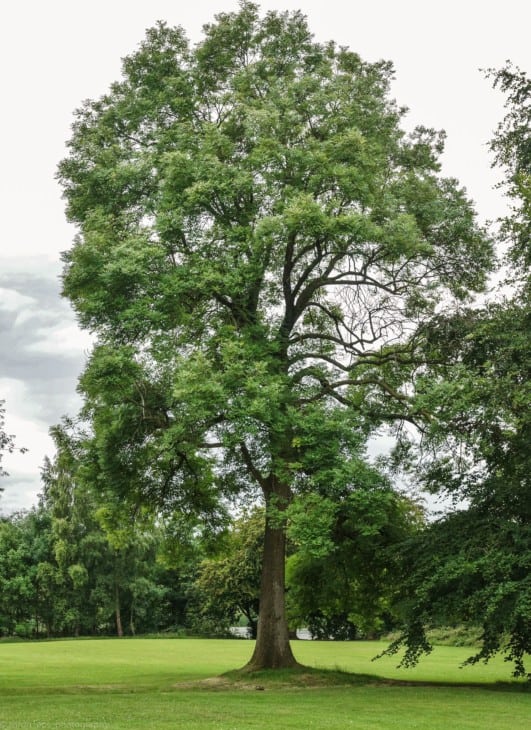
Ash is a genus of flowering plants that contains 45 – 65 species of medium-to-large deciduous and evergreen trees. While many Ash trees are dioecious, with male and female flowers on separate plants, most species are dominated by unisexual or hermaphroditic trees. The ash tree is widespread across much of North America, Europe, and Asia.
2. Aspen (populus tremuloides)
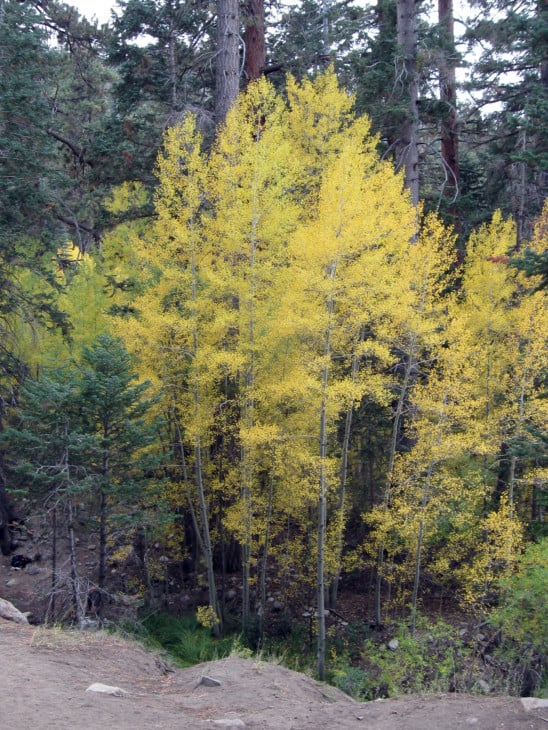
Indigenous to the cooler areas of North America, the Aspen is a deciduous species that usually grows to 25 meters in height. The tree has a smooth, rather pale bark. Aspens are considered to be the most widely distributed tree in all of North America and can be found in climates as diverse as Nebraska and Alaska.
3. Basswood (tilia americana)
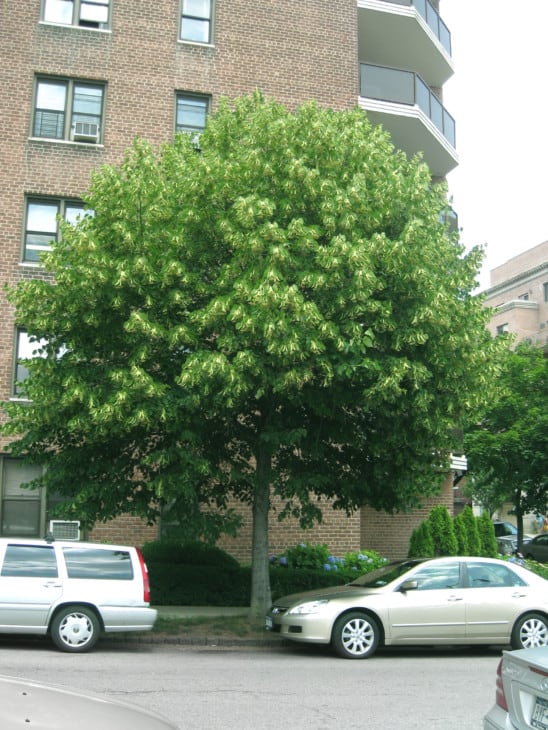
The American Basswood is indigenous to the eastern regions of North America, with populations in Manitoba, Oklahoma, Michigan, South Carolina, and Nebraska. This medium-sized deciduous tree is extremely fast-growing and long-lived, with an average lifespan of up to 200 years. Mature Basswoods can grow to heights of 18 to 37 meters.
4. American Beech (fagus grandifolia)
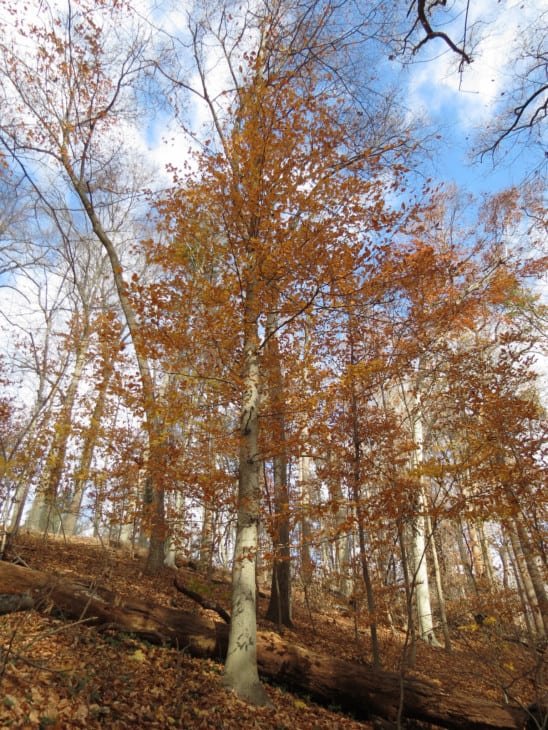
Also known as the North American Beech tree, this is a medium-to-large deciduous tree indigenous to North America. American Beeches grow to heights of up to 35 meters and typically have smooth, silvery barks and dark-green toothed leaves.
The American Beech is a shade-tolerant tree, and populations can be found on well-drained slopes such as those found in the rich bottomlands of Pennsylvania, Wisconsin, Florida, West Virginia, Texas, and Ontario.
5. Yellow Birch (betula alleghaniensis)
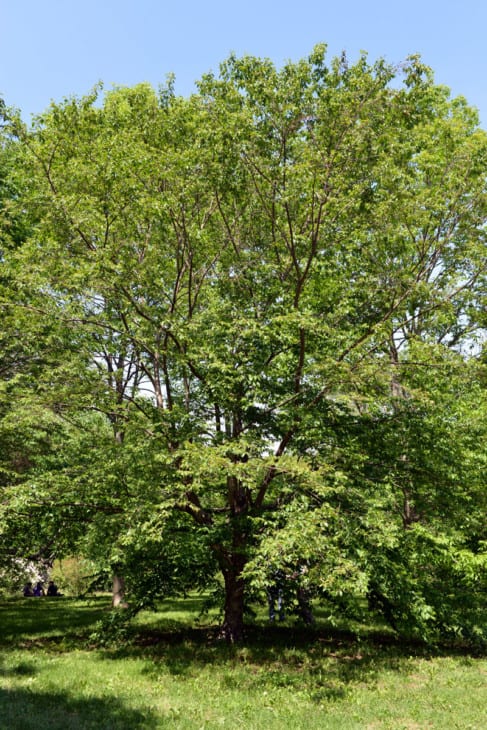
The Yellow Birch tree is indigenous to North America and is a crucial lumber-producing species for the country. This medium-sized, single-stemmed deciduous tree can grow up to 24 meters in height and is the largest species of birch in North America. Lastly, the Yellow Birch is a long-lived tree, living for an average of around 150 years.
6. Boxelder Maple (acer negundo)
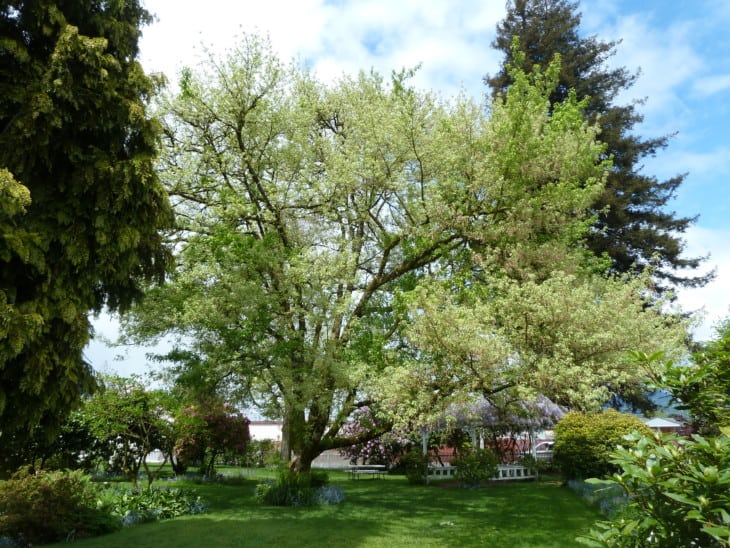
Also referred to as the Manitoba Maple or the Ash-Leaved Maple, the Box Elder tree is a short-lived yet fast-growing species of Maple indigenous to North America. It is commonly considered to be an invasive species in other parts of the world where it has been introduced.
Boxelder Maples grow up to 25 meters in height and usually have several trunks, which come together to form impenetrable thickets. In favorable conditions, Boxelder Maples can live for up to 100 years, although their average lifespan is closer to 60.
7. Butternut (juglans cinerea)
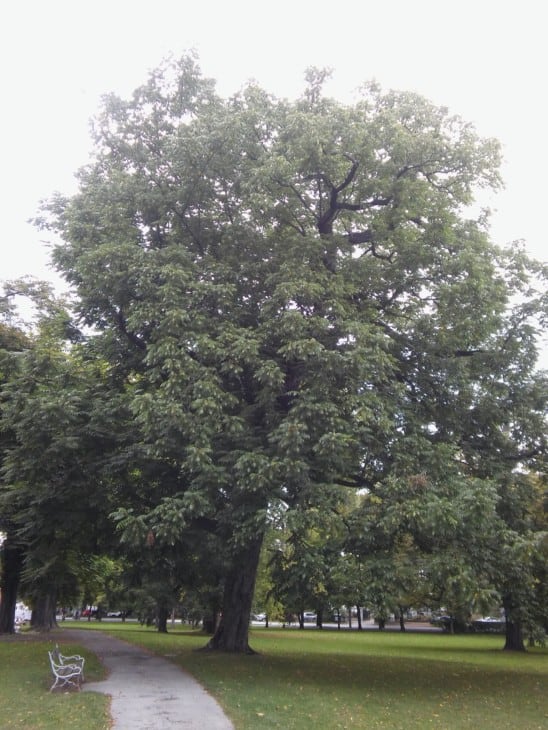
Commonly referred to as the White Walnut tree, the Butternut tree is indigenous to the United States and Canada. This species of walnut tree has large populations across Alabama, Arkansas, Michigan, and Minnesota. While this deciduous tree rarely lives to be older than 75 years, it typically grows to 20 meters in height, but exceptionally to around 40 meters.
8. Eastern White Pine (pinus strobus)
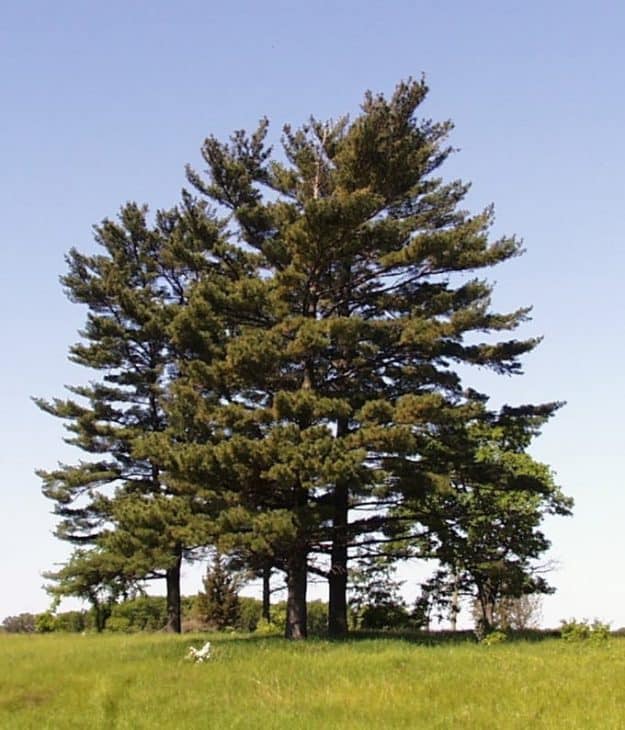
The Eastern White Pine is a large pine species indigenous to North America. Populations of this tree exist across Minnesota, Manitoba, northern Georgia, and the Appalachian Mountains. Standing at a typical height of 70 meters, the Eastern White Pine is the tallest tree in eastern North America. Moreover, they are some of the longest living trees, typically living up to 250 years and exceptionally up to 400 years.
9. Catalpa (catalpa speciosa)
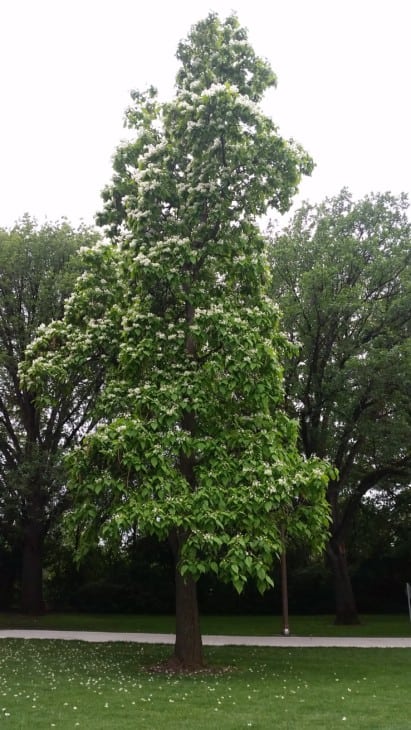
Indigenous to the warm, sub-tropical climates of North America, the Catalpa is a genus of flowering plants and is also found in East Asia and the Caribbean. This deciduous tree grows up to 18 meters in height and has a very large branch spread. Catalpa trees typically have large heart-shaped leaves with white to yellow flowers.
10. Sweet Cherry (prunus avium)
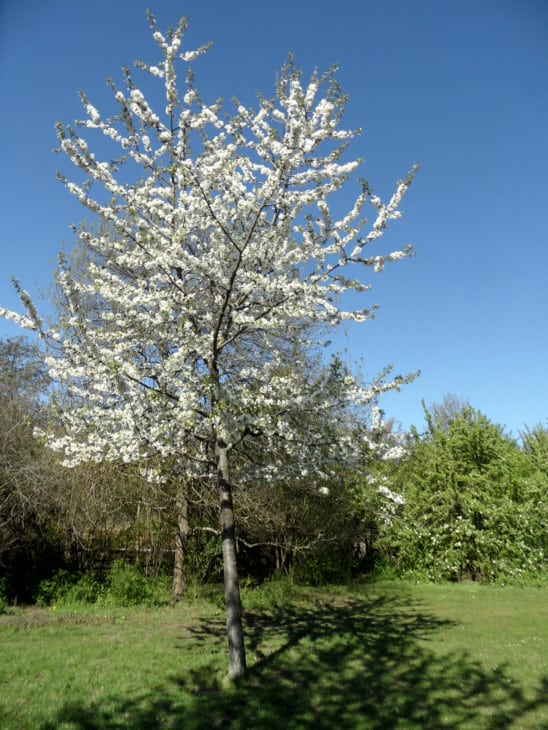
Also known as wild cherry or bird cherry, the Sweet Cherry tree is a species of flowering cherry plant in the rode family. Although it has been naturalized in much of North America, the Sweet Cherry is indigenous to Europe, western Asia, and northern Africa. These deciduous trees have smooth purplish-brown barks and grow to heights of 15 – 32 meters.
11. Chestnut (castanea)
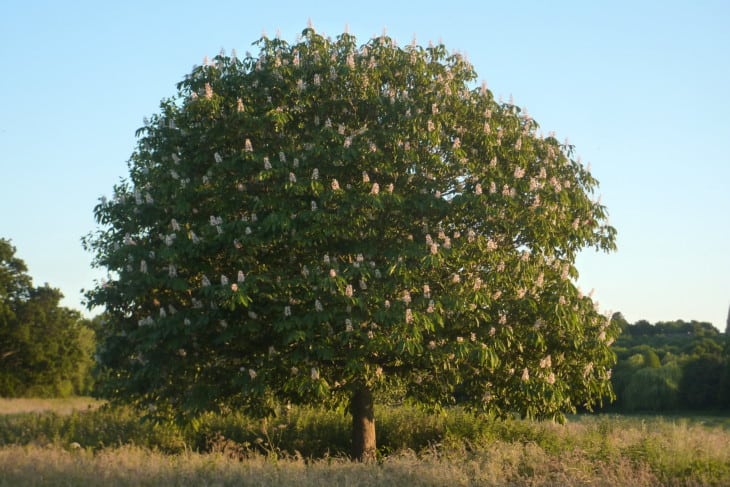
Chestnuts are deciduous trees and shrubs in the beech family. They are indigenous to the temperate regions of the Northern Hemisphere and, as the name implies, produce edible nuts. While the Chinese Chestnuts have a moderate growth rate, the American species are typically relatively fast-growing. At maturity, their heights vary from species to species, and while some remain shrubs, others can reach heights of around 60 meters.
12. Cottonwood (populus sect. aigeiros)
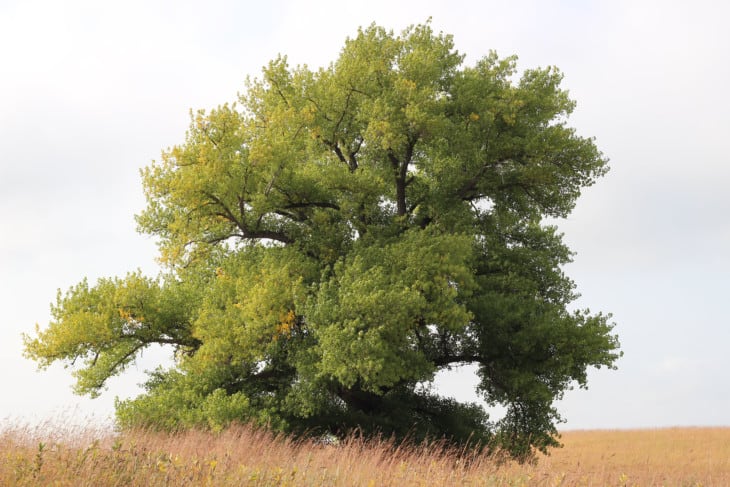
Cottonwoods are a deciduous broadleaf species that grow up to 100 feet tall, with wide trunks expanding to 6 feet. They have a tough and gray-colored bark. Cottonwood trees are commonly found throughout the country, in the mountains of California, the forests of Washington and Oregon, and even in Idaho, Wyoming, Nevada, Utah, Montana, and North Dakota.
13. Flowering Dogwood (cornus florida)
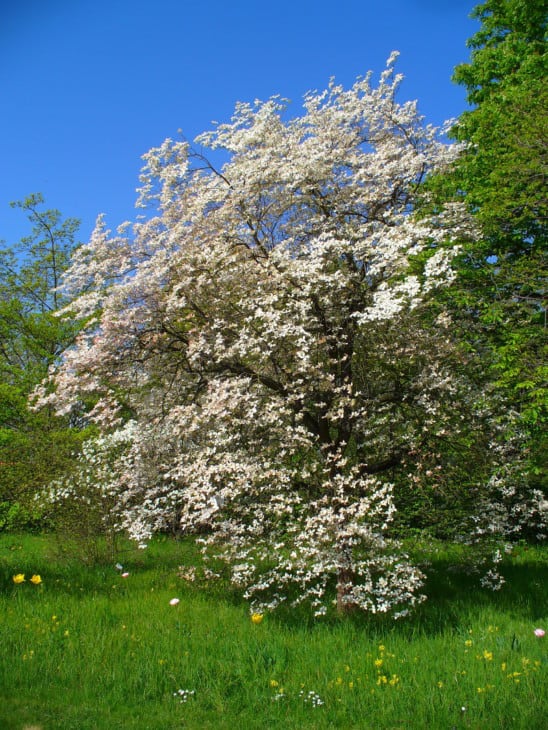
As a species of flowering tree of the Cornaceae family, the Flowering Dogwood is indigenous to North America and northern Mexico. This deciduous tree grows to heights of 10 meters and, when mature, can often become wider than it is tall. Lastly, the tiny and inconspicuous flowers of the Flowering Dogwood grow in dense flower heads that can contain up to 20 flowers each.
14. Elm (ulmus)
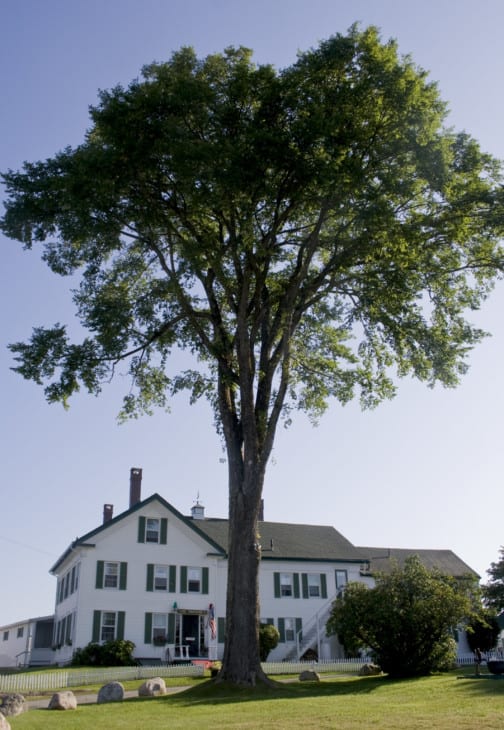
Elms are deciduous and semi-deciduous flowering plants that originated in Central Asia many millions of years ago. Today, they flourish across most of the temperate and tropical regions of the Northern Hemisphere. Elm trees are hermaphroditic trees and have apetalous flowers that are wind-pollinated. Lastly, they can grow to great heights, especially on well-drained soils, and are tolerant of a wide range of soils and pH levels.
15. Fir (abies)
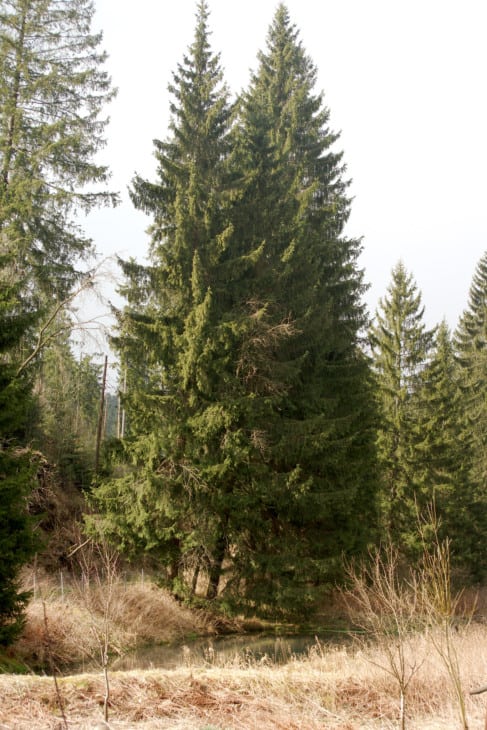
Firs is a genus of evergreen coniferous trees that include 48-56 different species. These are mountainous trees and can be found across North America, Europe, Asia, and North Africa. The largest of the fir trees can grow to heights of 80 meters and can be easily distinguished from pine trees by the arrangement of their needle-like leaves.
16. Gum Tree (eucalyptus mannifera)
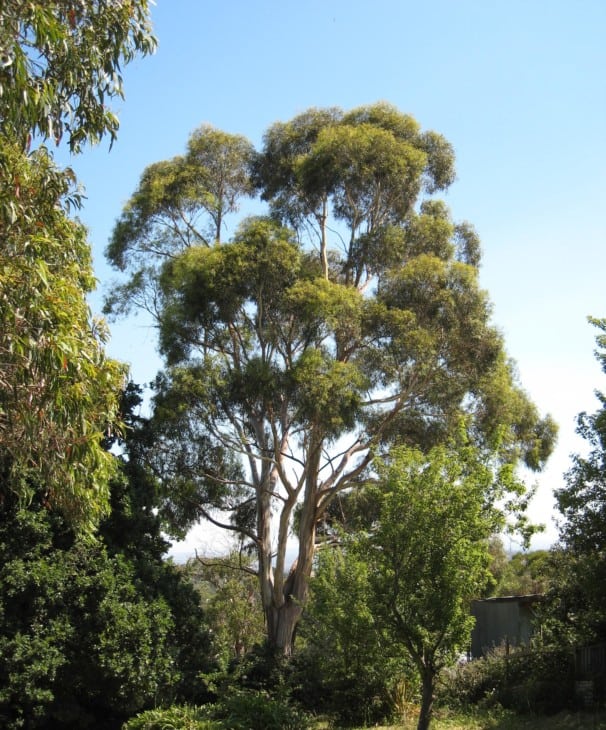
Also known as the red-spotted gum or brittle gum, the gum tree is a species of small-to-medium-sized tree that typically grows to heights of 20 to 25 meters. The smooth, powdery, white-gray bark sometimes has red spots, while the base of the tree forms a lignotuber, which is a woody swelling around the root crown that protects the roots from fires.
17. Hackberry (celtis occidentalis)
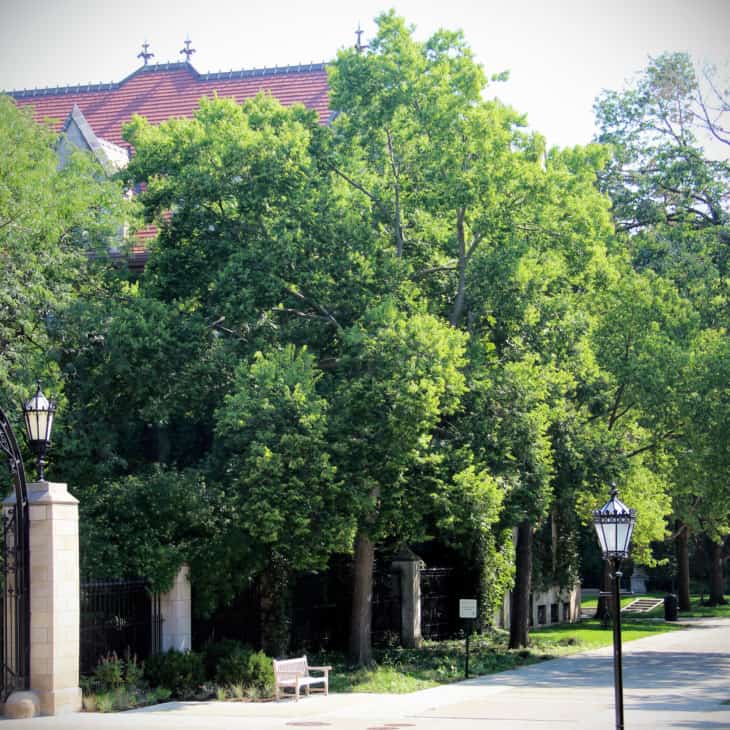
Also known as the common Hackberry, this is a large deciduous tree indigenous to North America. This moderately long-lived hardwood tree has light-colored wood with yellowish-gray streaks. The Hackberry typically grows to heights of 9 to 15 meters and has a slender trunk. However, exceptional individuals in the Mississippi Valley area have grown to over 40 meters in height.
18. Hemlocks (tsuga)
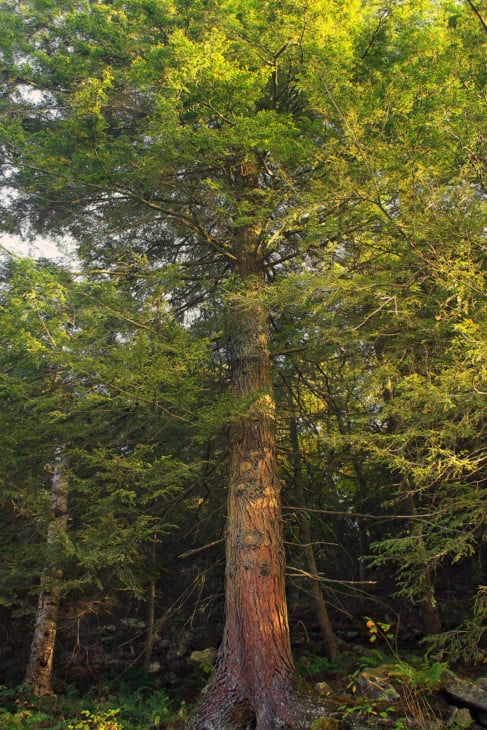
Hemlocks are slow-growing evergreen trees that typically reach around 45 meters in height. These trees help provide moderate air and water temperature throughout eastern Tennessee, particularly on the Cumberland Plateau and in the Great Smoky Mountains. The majority of Hemlocks thrive along the Pacific coast in Washington, Oregon, and Alaska, while some populations exist in western Montana and northern Idaho.
19. Hickory (carya)
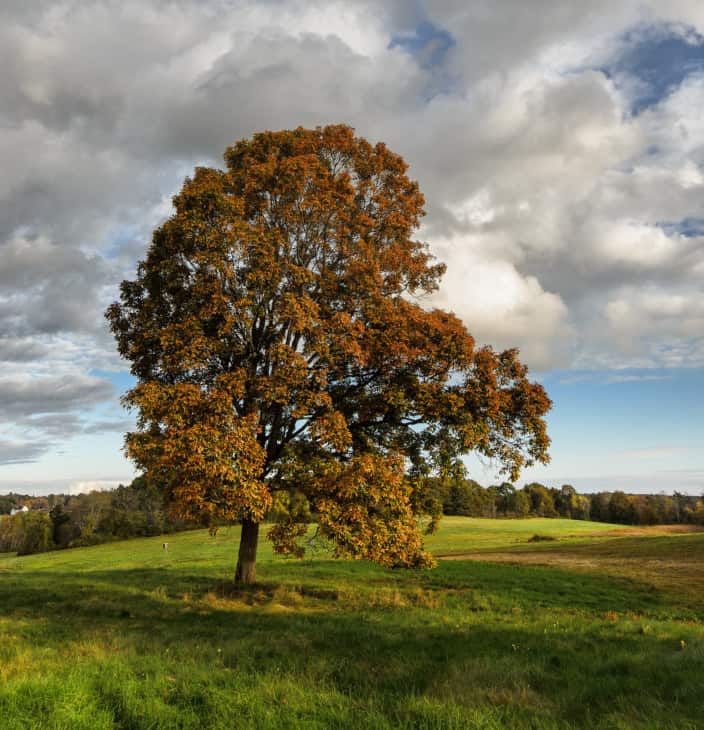
Hickory is a common name for trees that make up the genus Carya, of which there are close to 18 known species. While some of these species are native to Indo-China, others are indigenous to North and Central America. Notably, these temperate forest trees are self-pollinated, and a number of species of Hickory trees are used for wood and edible nut production
20. Kentucky Coffeetree (gymnocladus dioicus)
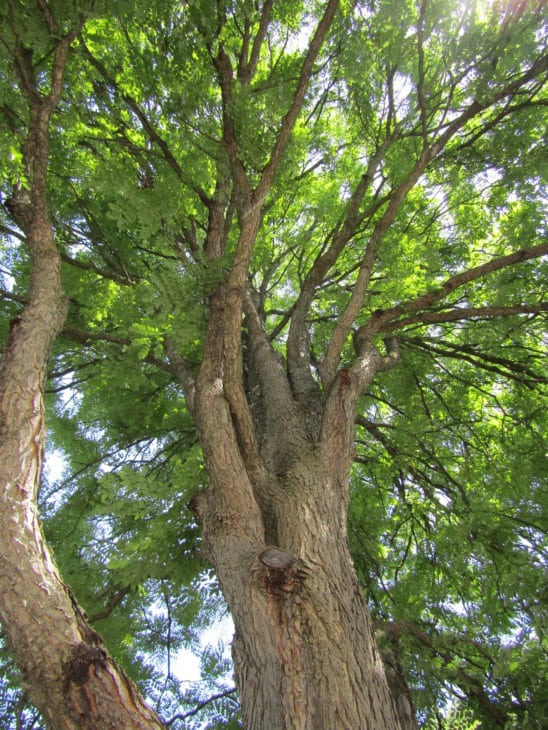
The Kentucky Coffeetree is a species of the legume family and is indigenous to the Midwest and Upper South of North America. While it is often planted as an ornamental street tree, the wood from the Kentucky Coffeetree is often used by carpenters. Lastly, this tree grows to heights of 18 to 21 meters and has a 12 to 15-meter spread
21. Mulberry (morus alba)
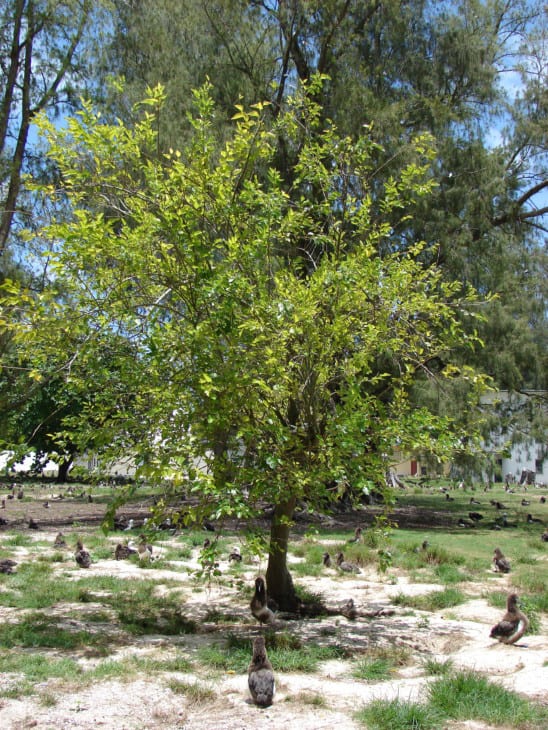
Also known as the white mulberry or the common mulberry, this is a small-to-medium-sized fast-growing tree that reaches heights of 10 to 20 meters. Although there are some specimens that live up to 250 years old, their typical average lifespan is closer to 60 to 80 years. Mulberry trees are indigenous to China, although they have been naturalized in many parts of the world, including North and Central America, Central Asia, South Asia, and South America.
22. Sassafras (sassafras albidum)
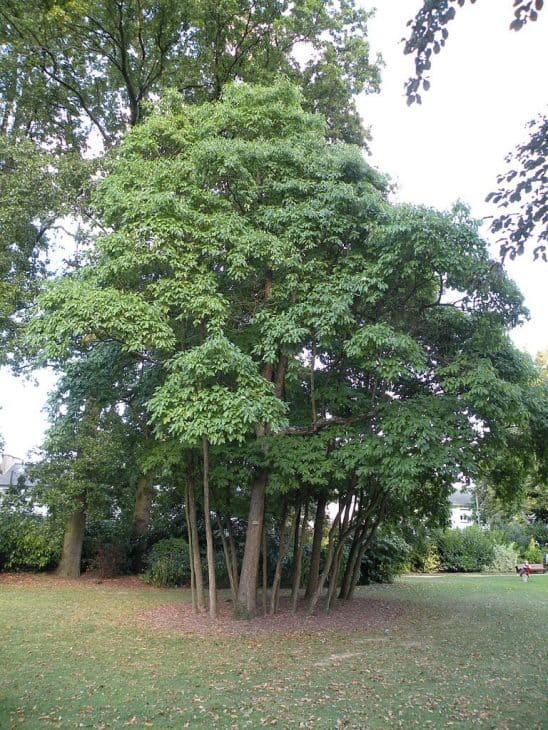
Sassafras is a genus of deciduous trees that are indigenous to Eastern North America and Eastern Asia. The trees of this genus grow to 10 to 15 meters in height and have branches that grow in beautiful –red horizontal patterns surrounding a ridged, brownish-red bark. In the Fall, the green foliage turns golden-red. Sassafras trees are well known for their aromatic properties, which lure birds, bees, and butterflies to pollinate the seeds
23. Spruce (picea)
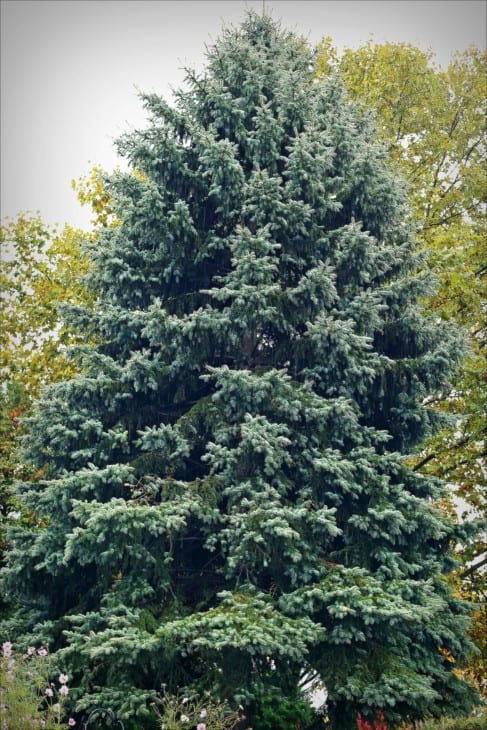
Spruces are trees of the genus Picea, which includes 35 species of evergreen coniferous trees, all of which can be found in the Northern temperate and boreal regions of the Earth. These large trees range from about 20 to 60 meters in height at maturity and usually have whorled branches with an overall conical form. They can be easily distinguished from pine trees by the arrangement of their four-sided, needle-like leaves.
24. Sumac (rhus)
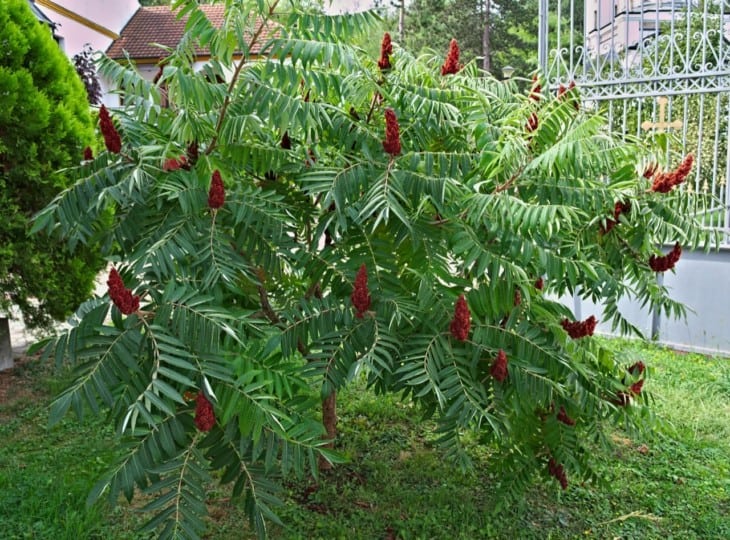
Sumac are trees of the genus rhus, which contains approximately 35 species of flowering plants. Sumacs can be found in subtropical and temperate regions throughout the world, with various populations thriving in North America, East Asia, and Africa. These dioecious shrubs and small trees reach heights of 1 to 10 meters.
25. Sycamore (platanus occidentalis)
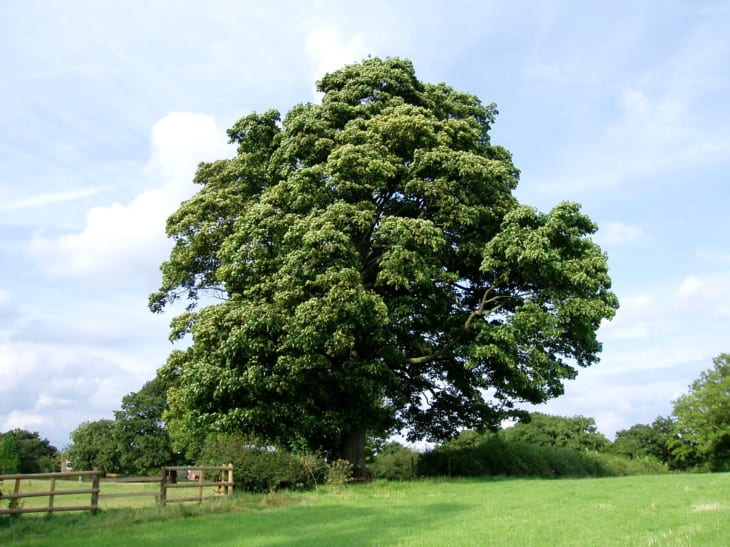
The American Sycamore is a species of tree indigenous to the eastern and central United States as well as northeastern Mexico and southern Ontario. The American Sycamore can easily be distinguished from other native trees by its mottled bark, which typically flakes off and leaves the service a grayish-brown color. Lastly, the Sycamore thrives in the deep soils of riparian and wetland areas, where it can grow up to 40 meters in
26. Tulip Tree (liriodendron tulipifera)
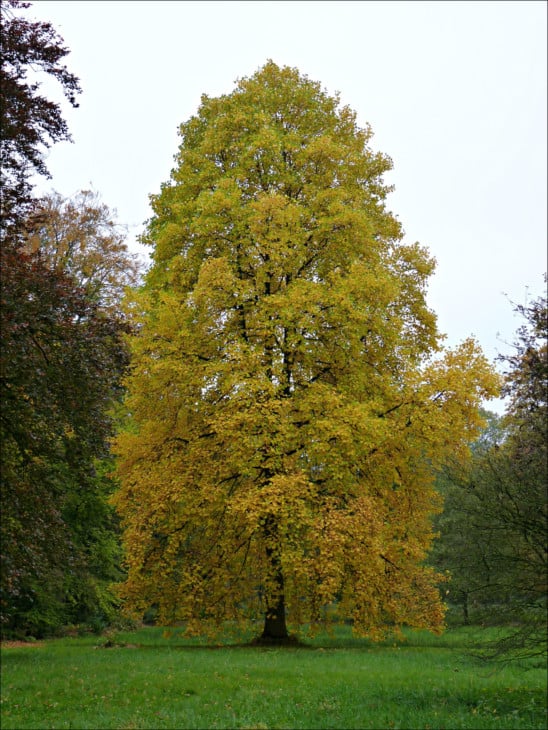
The Tulip Tree is indigenous to eastern North America and is the tallest eastern hardwood on the continent. This valuable timber tree grows to an average height of 50 meters, often sprouting limbs only upon reaching 25 to 30 meters in height. This fast-growing tree has a long lifespan and hardwood, unlike other fast-growing species, and prefers deep, rich, and moist soils.
27. Walnut Tree (juglans)
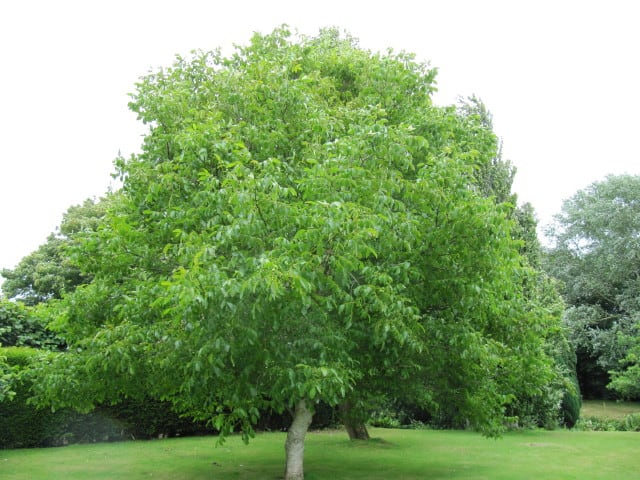
Walnut Trees are essentially any species of tree belonging to the genus juglans, the seeds of which are referred to as walnuts. All walnut trees are deciduous and grow to heights of 10 to 40 meters, depending on the specific species. The 21 species of known Walnut trees range from Canada to California, to Argentina in the New World, and from Southeast Europe to Japan in the Old World.
28. Willow (salix)
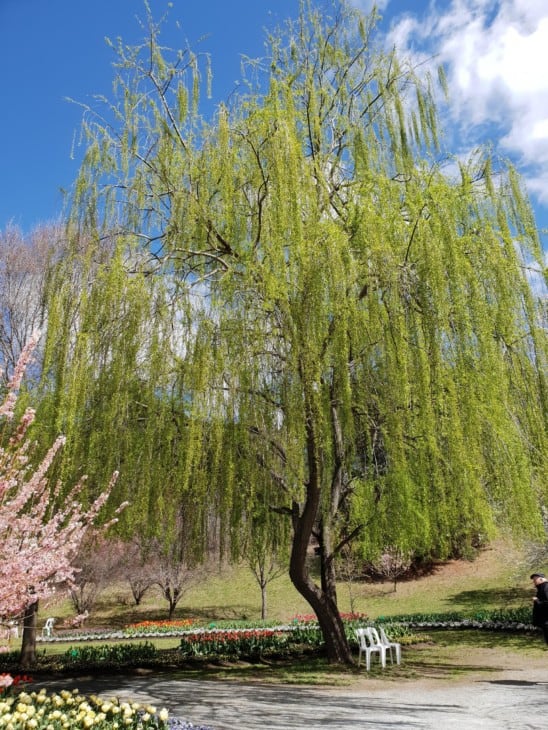
Also commonly referred to as sallows and osiers, Willows comprise around 400 different species of deciduous trees and shrubs and are primarily found on moist soils in the cold regions of the North Hemisphere. Many alpine species are the low-growing and creeping shrub willows that are recognizable as willows to many people.
Although their dimensions vary from species to species, most willows are abundant in a watery bark sap and have soft, pliant wood and large fibrous roots. Their roots are remarkable for their toughness and provide most willows with the tenacity to live long lives despite their typical short height.







